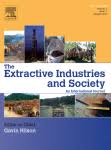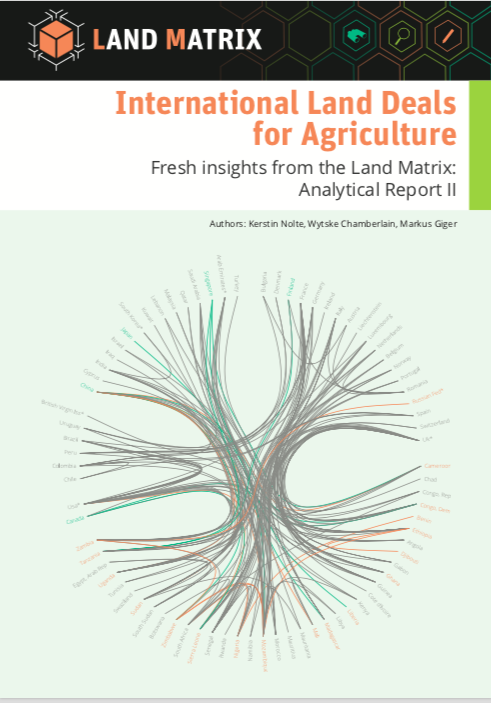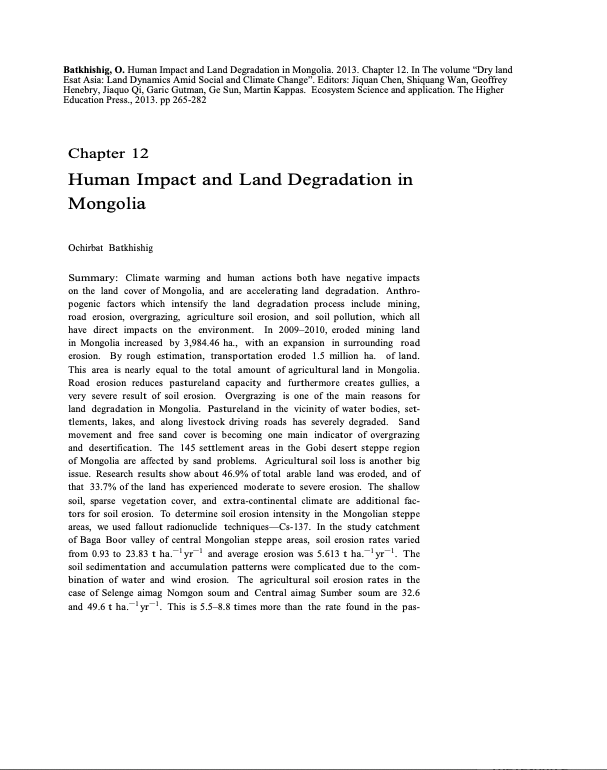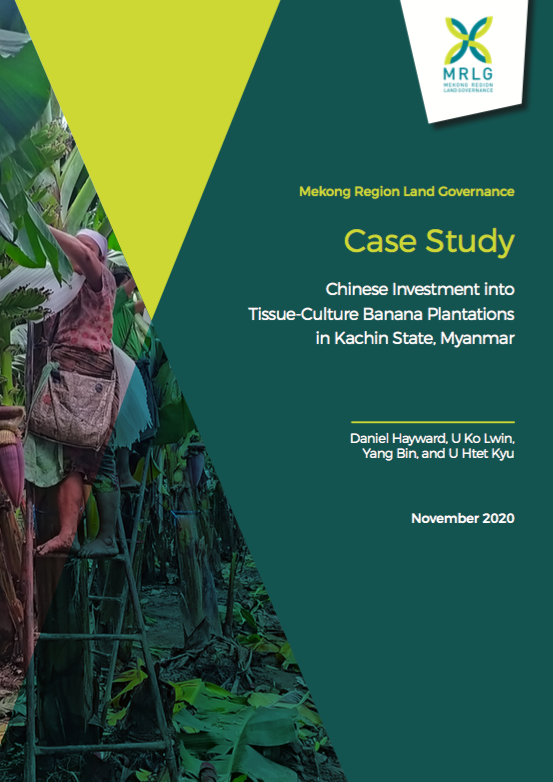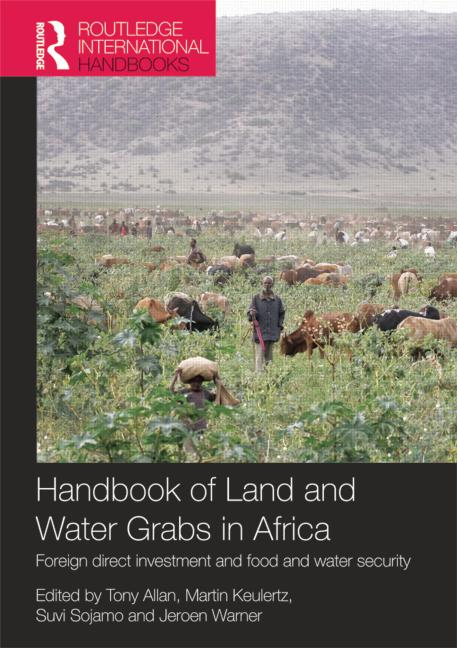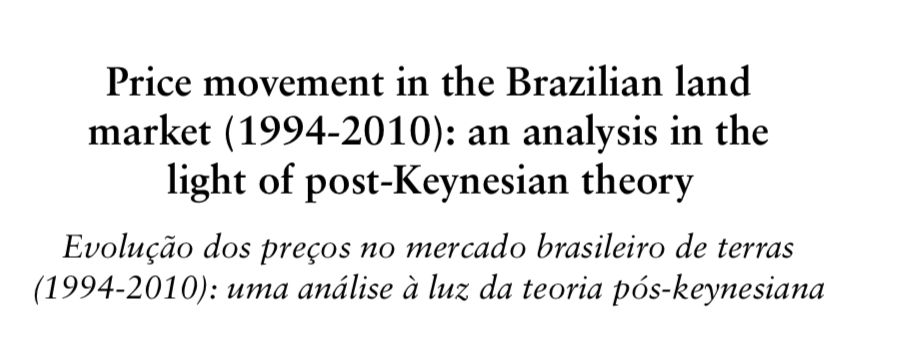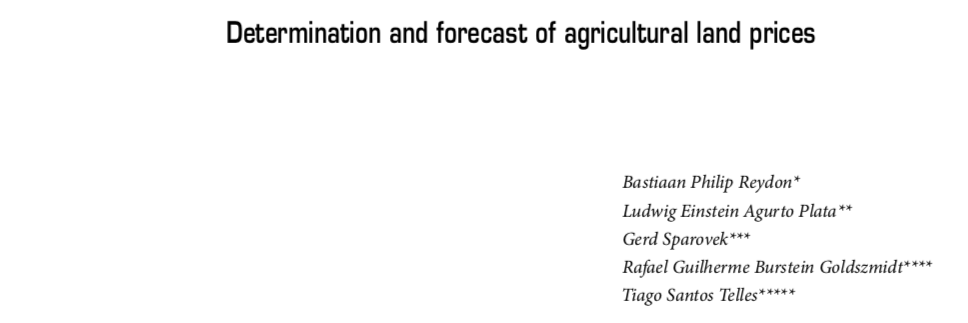Looking for oil, gas and mineral development in Ethiopia: Prospects and risks for the political settlement
The narrative of Ethiopia’s remarkable economic growth path under a developmental state model is that of a strong ruling coalition united behind the vision of the late Prime Minister Meles Zenawi.

